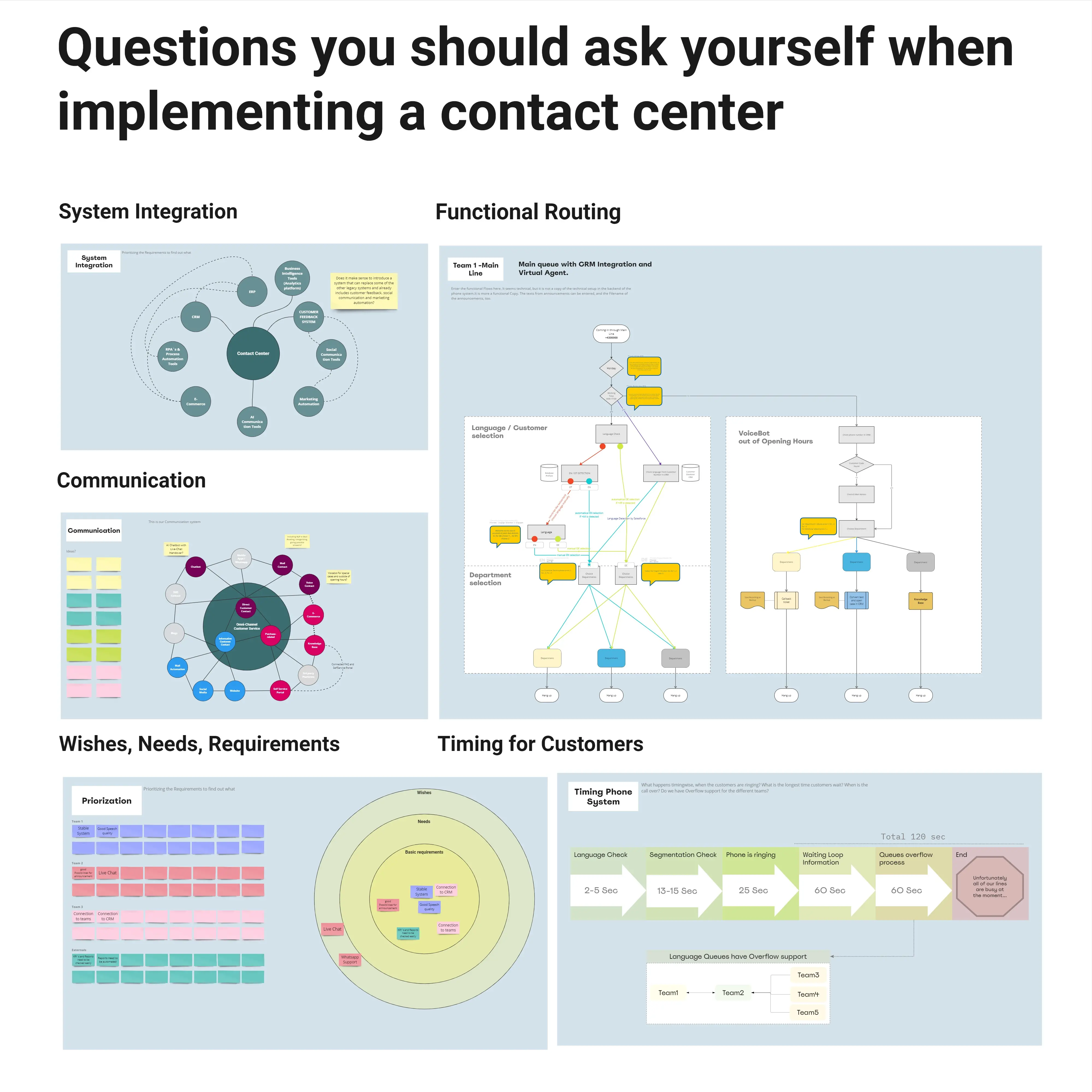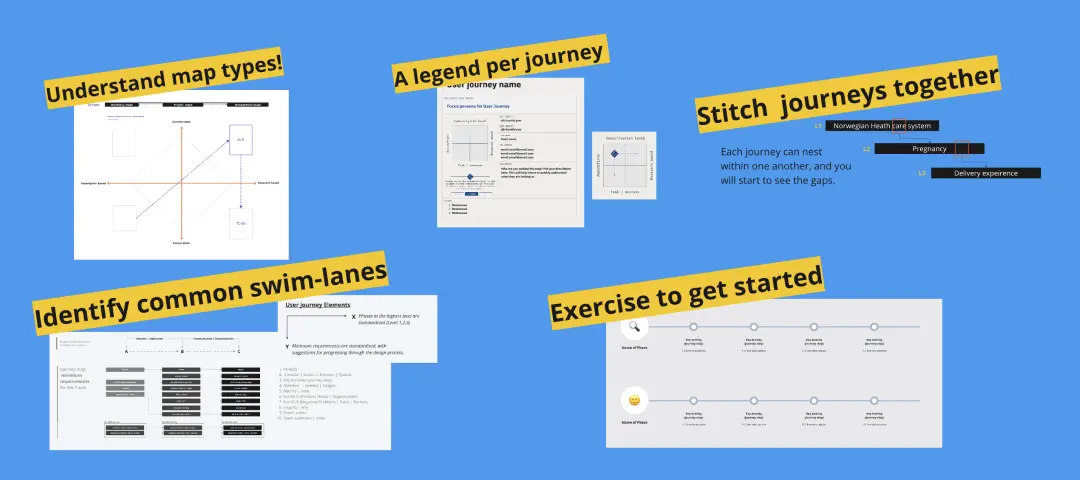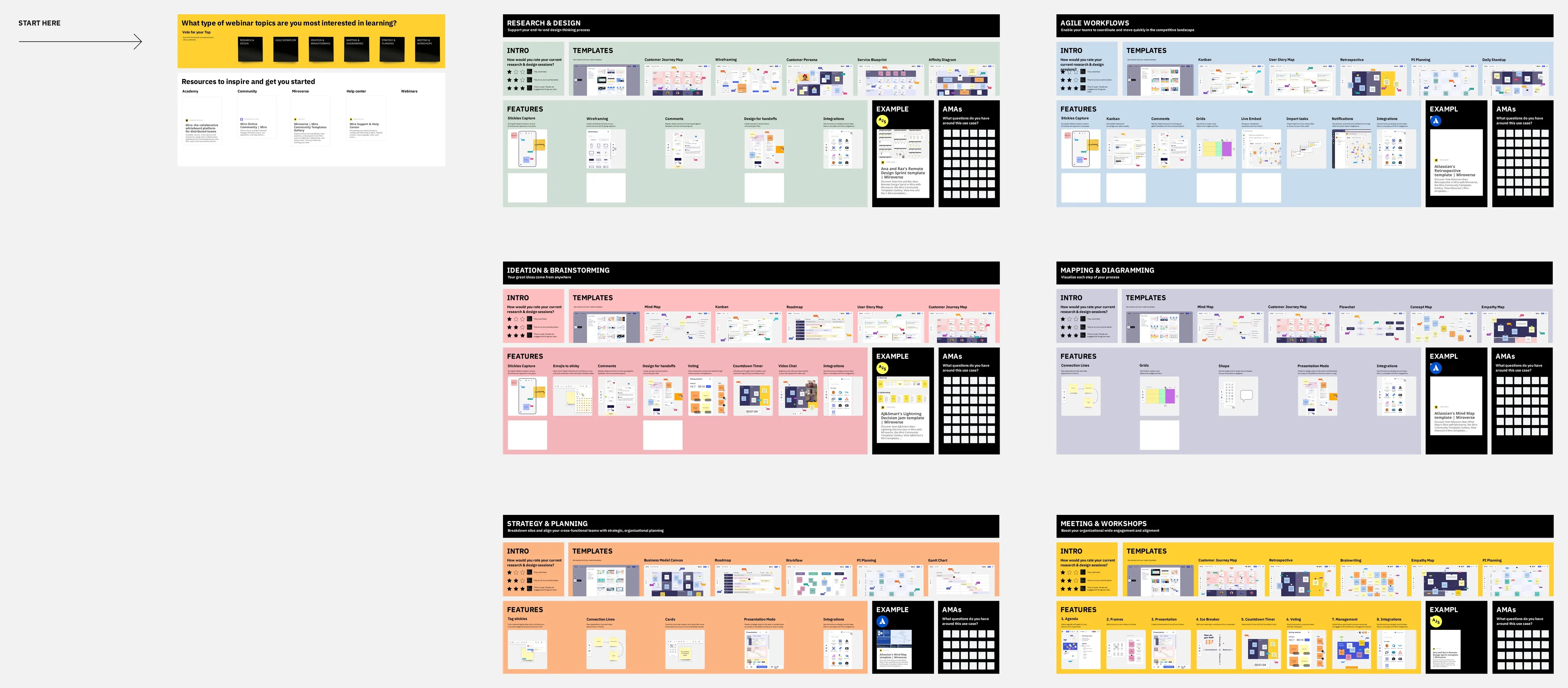What is the decision analysis Miro Board?
This Decision analysis board is a systematic, quantitative, and visual approach to making decisions in the presence of uncertainty by assessing different options and their potential outcomes. This template aids in making informed and structured decisions by evaluating the possible consequences of various choices and determining the most beneficial course of action based on predefined criteria. Find more information about the Technique in the Babok Guide .
Why you should use Decision Analysis in this structured board?
The primary goal of this template is to help decision-makers clearly define problems, explore alternatives, weigh criteria, and systematically evaluate choices to arrive at the best decision. It is particularly useful in complex scenarios where multiple factors and uncertainties must be considered.
Decision Analysis Board Structure
Formulate clear Problem Statement:
Users can create a clear and precise problem statement by considering key questions (What? Why? When? How? Who? Where?).
This section ensures a thorough understanding of the problem before exploring solutions.
Find out possible Alternatives:
Visual models that depict decisions and possible outcomes, comparing pros and cons of different alternatives.
Users can map out decision trees with decision nodes, chance nodes, and terminator nodes, providing a visual representation of potential paths and their consequences.
Weighting the Criteria for a decision analysis:
For the Decision Matrix, criteria need to be weighted based on their importance.
Users can list criteria and arrange them in order of priority, determining what is most important and what is less so.
Using a Decision Matrix to decide in a structured way:
A simple and weighted matrix to evaluate and compare alternatives based on predefined criteria.
This section consists of Decision Criteria, the weight of each criterion, and the different alternatives.
The matrix helps in making a structured and clear decision by quantifying the evaluation process.
How to Use the Decision Analysis Board:
Define the Problem: Start by using the Problem Statement section to clearly articulate the issue at hand. Use sticky notes to consider all relevant aspects and formulate a precise statement.
Explore Alternatives: In the Alternatives section, create visual models (decision trees) to map out possible choices and their outcomes. Compare the pros and cons of each alternative.
Weight Criteria: Move to the Weighting Criteria section to list and prioritize the criteria that will be used to evaluate the alternatives. Assign weights based on their importance.
Evaluate Choices: Use the Decision Matrix section to systematically compare alternatives. Enter the criteria, assign weights, and evaluate each alternative to determine the best course of action.
Benefits:
Provides a clear and structured approach to decision-making.
Helps in visualizing potential outcomes and comparing alternatives.
Ensures all relevant criteria are considered and appropriately weighted.
Facilitates informed decision-making by quantifying the evaluation process.






